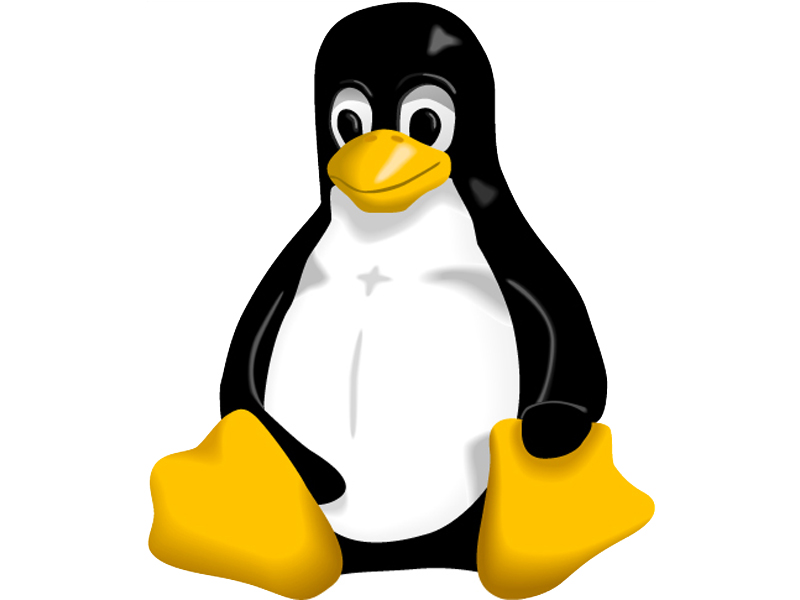How to make Linux the preferred desktop choice

The fight for the desktop might be entering its final phase, but not in the way any of us could have imagined 10 years ago.
In an interview at www.derstandard.at, for example, KDE's Aaron Siego said that the desktop is losing importance in the same way as newspapers, and after a conversation with Miguel de Icaza, Tim Anderson posted on his blog that the former Gnome founder felt that many of the benefits in open source development had played against the success of Linux on the desktop.
According to Miguel, this was because of fragmentation (my word) in the number of times we break the APIs for developers, and the cycle of upgrades that cause incompatibility between distributions, and even different versions of the same distribution.
Even suggesting that there's too much choice is controversial, as I've found out in the past, and Miguel has brewed a small storm with his statements. But there are two elements in his argument that change the angle, and I think set a new challenge for both Linux and Windows for the next 10 years.
The first is connected to the idea that the desktop is beginning to matter less - a point also made by Rob Pike at Google and many others since the release of the iPad. But it's important to differentiate between what might be seen as a fad for tablet computing and the obvious target for any desktop growth, and the increased pervasiveness of all technology in our lives.
It's not just smartphones that replace PCs - you could just as easily accuse internet enabled televisions, games consoles and satellite receivers of stealing desktop market share. But what these devices have really done is take an application off the desktop and move it into a more convenient form factor - regardless of whether that's a TV for YouTube or a fridge for recipes.
The result is that we no longer have as much need to sit down formally at a desk and use the computer. That doesn't mean they're becoming redundant - they're just becoming more specialised, and that leads to another of Miguel's issues.
Sign up for breaking news, reviews, opinion, top tech deals, and more.
Not enough good apps
"When you count how many great desktop apps there are on Linux, you can probably name 10. [If] you work really hard, you can probably name 20," he's quoted as saying. There's a lack of killer applications for Linux.
I think he's right. If applications are becoming less PC-centric, we need better reasons for using a desktop. Linux faces an uncommon challenge when you need a solid excuse to use one particular system over another, especially when it requires more effort to configure and set up.
The challenge is that I don't think we'll see that killer application. Any application worth the effort will be ported to both Windows and OS X, as has happened with many of the most popular open source projects.
Major releases of software like Audacity, Inkscape, Scribus, LibreOffice and Ardour are almost certainly downloaded more hungrily for systems other than Linux, at least initially (and we won't go into why you can't just download a package and install it on any Linux system).
That's a good thing. Free software is about more than just an operating system, and the more that can be done to unshackle users from proprietary alternatives or pressure their developers to be more open, the happier we'll all be.
All about the desktop
For that reason, the killer application has to be the desktop. The desktop is the best expression of the freedom found within the kernel, as well as community user interface design. It's what makes Linux different from the alternatives, and it has to be the reason why you want to choose it over Windows or OS X.
And while freedom is obviously a big motivation, both in cost and in the availability of the source code, when you move away from software idealism, there needs to be something else.
The problem is that this 'something else' is missing. There is no single desktop you can point to and say 'look at Linux'. Which is a pity, because there's great potential in the Gnome and KDE desktops that will likely be the inspiration behind many new features in their competitors.
Look at the drag-down task switching in Plasma Active, for example, or the touch scrolling for desktop windows, and I bet you'll see replicas of these functions in future versions of either OS X or Windows.
The trick has to be getting people to the Linux desktop first, and making it their preferred environment for desktop tasks like office work and browsing. We shouldn't get distracted by tablets and iOS, and should instead use the genius of open source software to create a singularly awesome desktop that everyone wants to use.